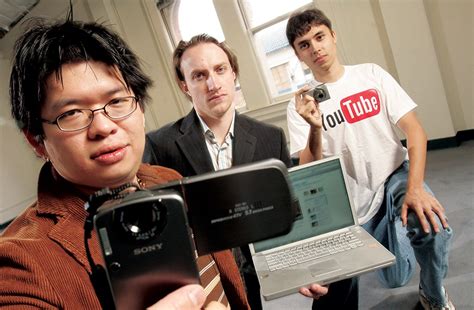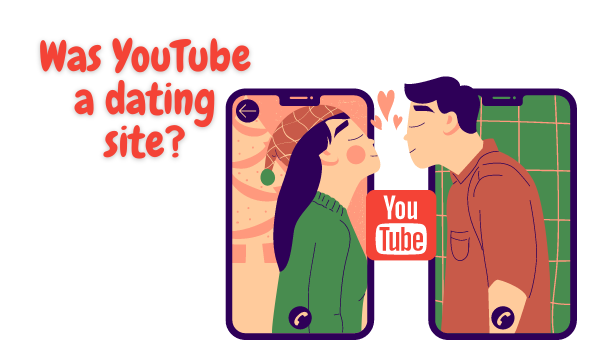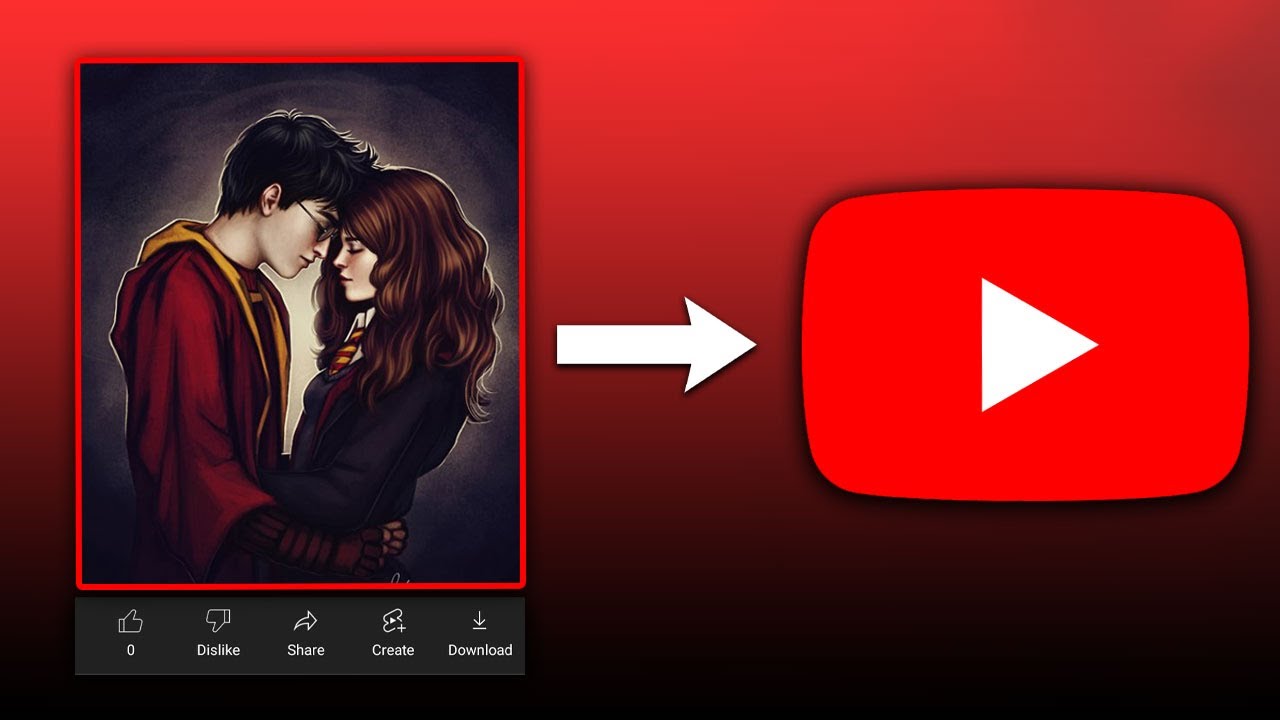The Birth of YouTube (a.k.a. “Tune In, Hook Up”)
In early 2005, three former PayPal employees—Steve Chen, Chad Hurley, and Jawed Karim—came up with a bold idea. They wanted to create a platform where people could upload videos introducing themselves in hopes of finding a romantic connection. The concept was called “Tune In, Hook Up” (a name that would have aged very poorly). The idea was simple: record a video about yourself, upload it, and wait for love to find you.
The trio thought video dating would be the next big thing. After all, online dating sites like Match.com were already popular, so why not take it to the next level? However, there was just one tiny problem…
The Embarrassing Reality: Nobody Wanted to Date on Camera
As it turns out, people weren’t exactly lining up to record awkward self-introductions. Unlike today, where short video clips dominate social media, the idea of filming yourself for the internet in 2005 was both intimidating and embarrassing.
Even after offering women $20 to upload a video (yes, they actually tried that!), no one took the bait. It became painfully clear: the dating angle was a massive flop. The team had a site, a domain, and an infrastructure, but no one was using it as intended. Instead of giving up, they did something brilliant—they changed direction entirely.
The Genius Pivot: “Upload Anything”
With their initial idea sinking faster than a bad first date, the YouTube founders decided to ditch the dating angle and make the site a general video-sharing platform. Instead of limiting content to lonely hearts, they threw the doors wide open: upload anything.
Suddenly, YouTube wasn’t about romance—it was about expression. People could share their lives, their ideas, their creativity. And it worked! In April 2005, Jawed Karim uploaded the first-ever YouTube video, “Me at the Zoo,” featuring himself at the San Diego Zoo talking about elephants. The video was simple, unpolished, and—let’s be honest—not exactly revolutionary. But it marked the birth of something incredible.
The Viral Explosion
Once YouTube let users upload anything they wanted, the site exploded. People began sharing:
- Funny home videos (early meme culture!)
- Music performances (the beginning of viral covers)
- Tutorials and vlogs (before “vlogger” was even a word)
- Random, weird content that made no sense but was oddly entertaining
By the end of 2005, YouTube was getting millions of views per day. Investors took notice, and so did Google.
The $1.65 Billion Purchase (aka “Best Business Decision Ever”)
In November 2006—just a year and a half after its launch—Google bought YouTube for $1.65 billion in stock. At the time, some skeptics thought it was a ridiculous amount to pay for a site that wasn’t even profitable. Fast forward to today, and YouTube is now a multibillion-dollar empire, generating over $30 billion annually.
What makes this purchase even crazier? The original founders had no real business model when they started. They had simply built a platform people loved, and that was enough to change the internet forever.
YouTube Today: The Ultimate Success Story
So what happened to YouTube after the Google acquisition? Well, it became one of the most influential websites in history. Here’s why:
- Over 2.5 billion monthly users (basically, a third of the world’s population watches YouTube)
- Over 500 hours of video uploaded every minute
- It has created millionaires and global influencers (MrBeast, PewDiePie, and countless others)
- It’s now the second-largest search engine in the world (right after Google)
Not bad for a failed dating site, huh?
The Lessons from YouTube’s “Failure”
If there’s one thing to learn from YouTube’s early stumbles, it’s this:
- Failure isn’t the end—it’s a redirection. The founders of YouTube didn’t cling to their dating idea. They pivoted, and it changed everything.
- The best ideas come from experimentation. Sometimes, you don’t know what will work until you try (and fail) first.
- User behavior is unpredictable. You might think people want one thing, but they might surprise you. Listen to what they actually use and love.
- Timing is everything. YouTube came at the perfect moment when internet speeds were improving, and people were ready to start sharing videos.
The “What Ifs”
Imagine if YouTube had stubbornly stuck to its dating concept. Would it have become the giant it is today? Probably not. Instead of a video-sharing empire, it might have just been another failed startup in the graveyard of forgotten websites.
The story of YouTube is proof that sometimes, the greatest successes come from the greatest failures. A “bad” idea can still lead to something extraordinary—if you’re willing to adapt, experiment, and keep going.
So next time you find yourself spiraling down a YouTube rabbit hole, just remember: you’re watching the result of one of the best failures in history. And who knows? Maybe your next failed idea is just waiting to become the next big thing.
You might have missed many other fascinating pieces of information, follow Maybemiss.com to stay updated on things that may be old but feel incredibly new!






















Discussion about this post